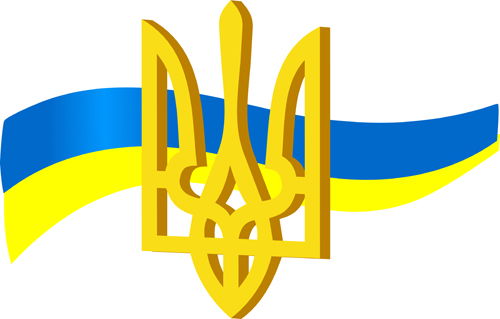Once upon a time, a caravan of travellers stopped by a hill. It was really cold and they camped by a camp fire. One of the guys asked “how is this place called?”. And another guy, shivering answered “Brrrrrr-no …”. So the city of Brno was born, apparently (in Czech language, the word “no” means something like “well” or “so”). This left us all with a big question mark in our head: is this place worth visiting (bryes) or no (brnowaymate)?

The reasons why you might have heard of Brno are essentially two: (a) IBM and (b) the MotoGP circuit. Be warned, you’re not going to see any of those in the city 🙂 – they are outside! Personally I was expecting to see a massive glass and steel building à la CIA for IBM, but I had to settle with a castle, caves, crypts and a cabbage market! If you’re minimally interested in history, the city is quite rich – from middle-age to WWI (having been a prison for all sorts of revolutionaries such as french sanculottes, hungarian giacobines and italian carbonari) and WWII (captured by retreating Wehrmacht forces) the fortress up the hill has always been a strategic stronghold for every occupying army. Brno itself lies on a different hill from the castle, and to get to the center you have to walk up a road with cobblestones and amazing trams, full of shops and wooden terraces of nice typical restaurants.
To the eyes of an Italian, central european cuisine doesn’t look extremely varied. It consists essentially of some meat with some gravy and 4 slices of white bread on the side, some stuffed cabbages and 2 dumplings. Free to mix and match – you end up with more or less the same thing. Which is great the first time you taste it. Ok the second. Well from the third on, you start wishing to see something green. This must have been the thought of the urbanist architect, that devoted an entire square of the city to the vegetables market. Ending up there, after a week in Czech republic is like for a beduin seeing an oasis – Alex and I started buying fruit compulsively – I must have eaten 1kg of cherries to move to half a watermelon straight after. Unlike in Prague, unfortunately most menus here are written only in Czech, so you may have to buy an Enigma machine to decipher what you’re going to eat, especially because they use quite a particular convention for daily menus. We give you the Rosetta stone here: normally there will be 5 different daily menues listed, 1 for each working day of the week. The first thing listed under each day will be the soup of the day – always included – then you can choose from around 4 different dishes with the prices listed next to each one. Sounds more complicated than it is, but at the end you can’t go wrong: in the worst case you’ll end up with a potato soup and a chicken-gravy-cabbage-bread combination, right? Anyway, an average menu costs around 4/5 euro. Fans of ribs? This is your shangri-la: you can have 2kg of ribs for less than 10 euro – a bargain for your cholesterol needs!
Brno has many different squares, each with some weird fountain, clock, statue or church. The skyline is dominated by the St. Peter & Paul cathedral: you can pay two breadcrumbs to go up the bell tower – with really terrifying steps (for Alex’s fear of heights) – and see an amazing view of the city. For some more breadcrumbs you can go from the sky to underground and visit the crypt. You might then move to see the old and the new town-halls, where the old one is said to have a crooked tower although is not really evident and we suppose that the thing is made up or at least has something to do with the fact here beer costs less than water.
Some people say that size doesn’t matter, but the designer of the famous clock in central Brno didn’t seem to agree. Supposedly it’s designed to look like a bullet, although other interpretations may also come to mind. We don’t know for sure whether it vibrates, but it certainly rotates. The only thing it doesn’t seem to do is actually tell the time: apparently you need a 12-page booklet to understand how to read the time from it. Brno residents know a quicker trick: step back a few paces and look to the left – then read the time from the clock tower.
So, after our three days in Brno, is the answer Br-yes or Br-no? For such a small city there is a surprising amount to see and do, and you won’t need to spend more than 20 euro a day maximum. Be warned that not too many people speak decent English, and you’ll have to decipher menus and things for yourself. But people are friendly and helpful, and you won’t be bored if you spend a couple of days here. So, it’s definitely Br-yes from us.




Haha guys,
I love the way you write the posts here! However, you are wrong with the crooked tower of the Old town hall in Brno. It’s actually not the tower, but one of the pinnacles above the entrance that is crooked. You must have gotten the legend wrong 😉 See the pic below for confirmation:
http://www.poznavamesvet.cz/images/obsah/Brno/velky/Star%C3%A1%20radnice%20-%20port%C3%A1l.jpg
Cheers,
Gabca from Brno